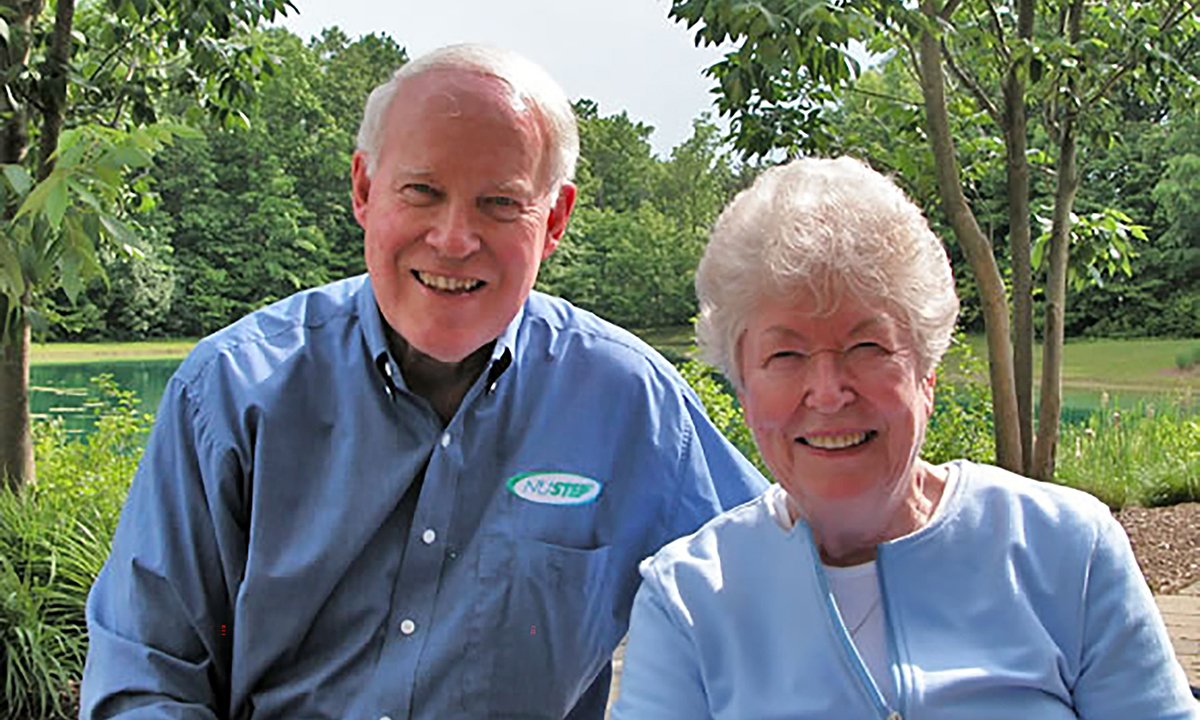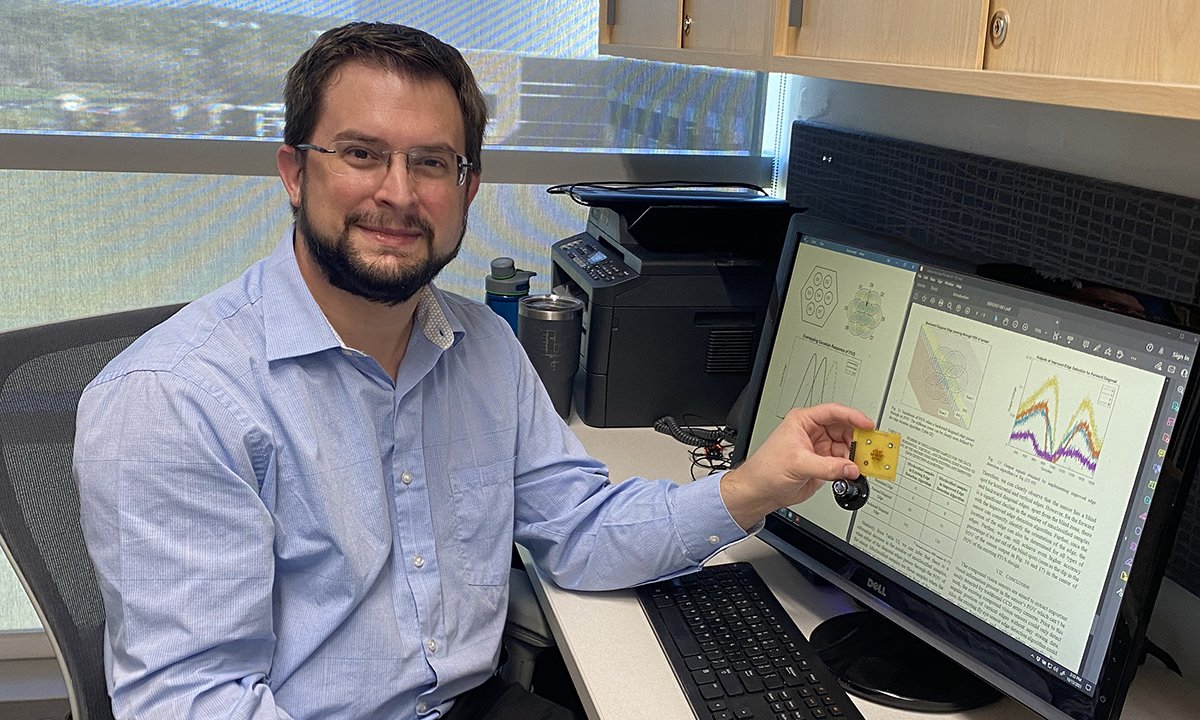Nourishing Innovation
Dr. Jonathan Maisonneuve investigates ways of using fertilizer to generate useful mechanical work via pressure retarded osmosis
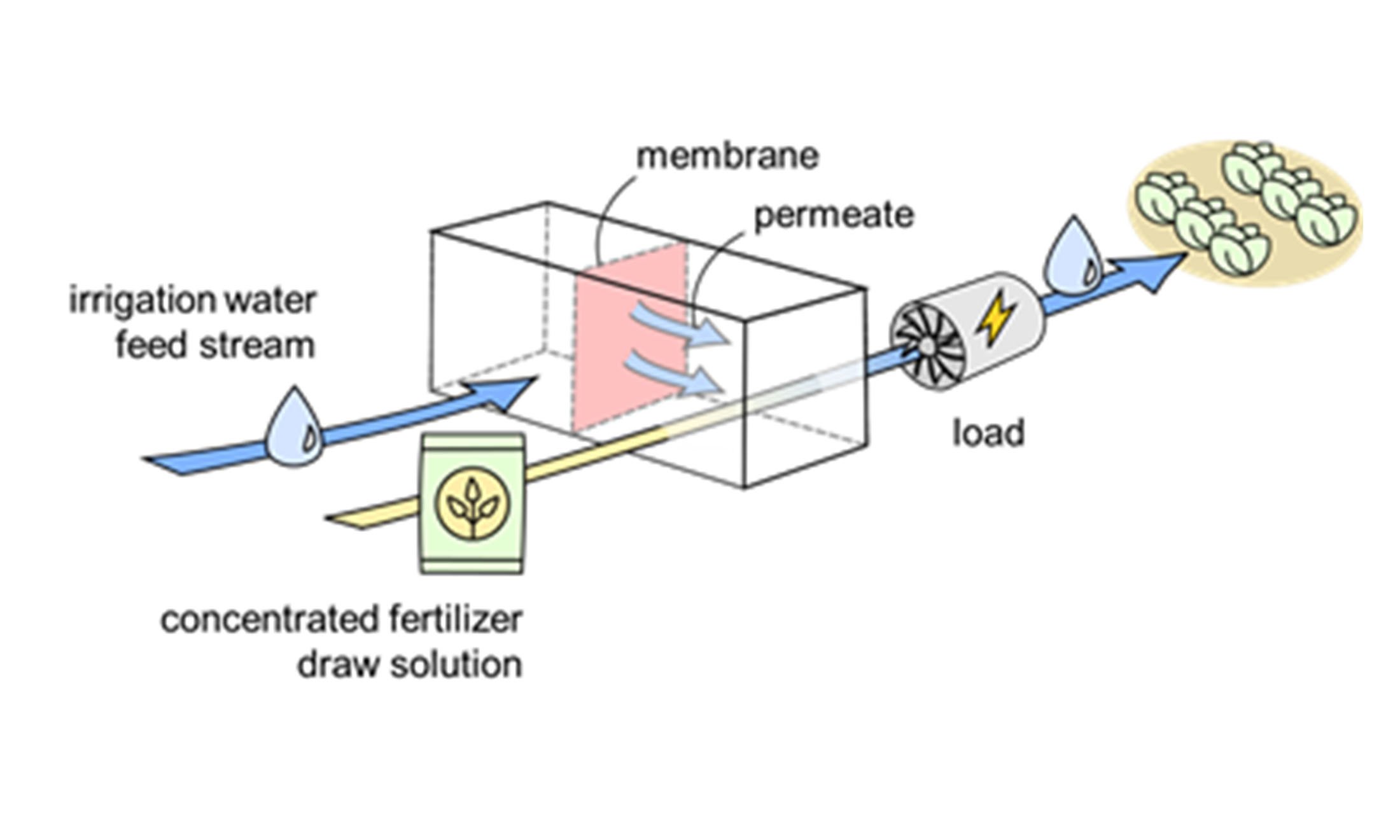
Energy can be converted to mechanical work by using osmosis to generate an expanding volume of pressurized nutrient solution.
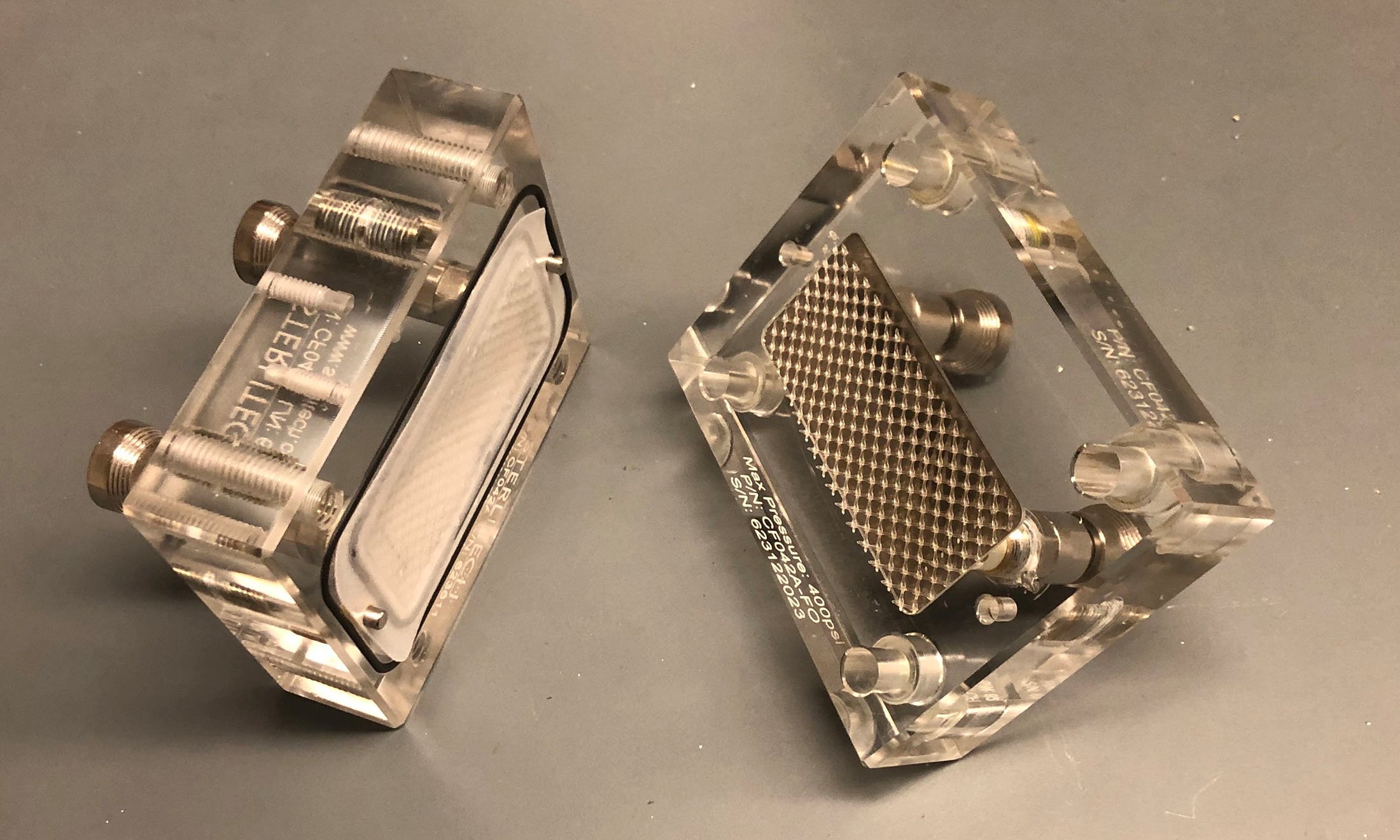
Low-cost commercial cellulose acetate membranes were used during the research.
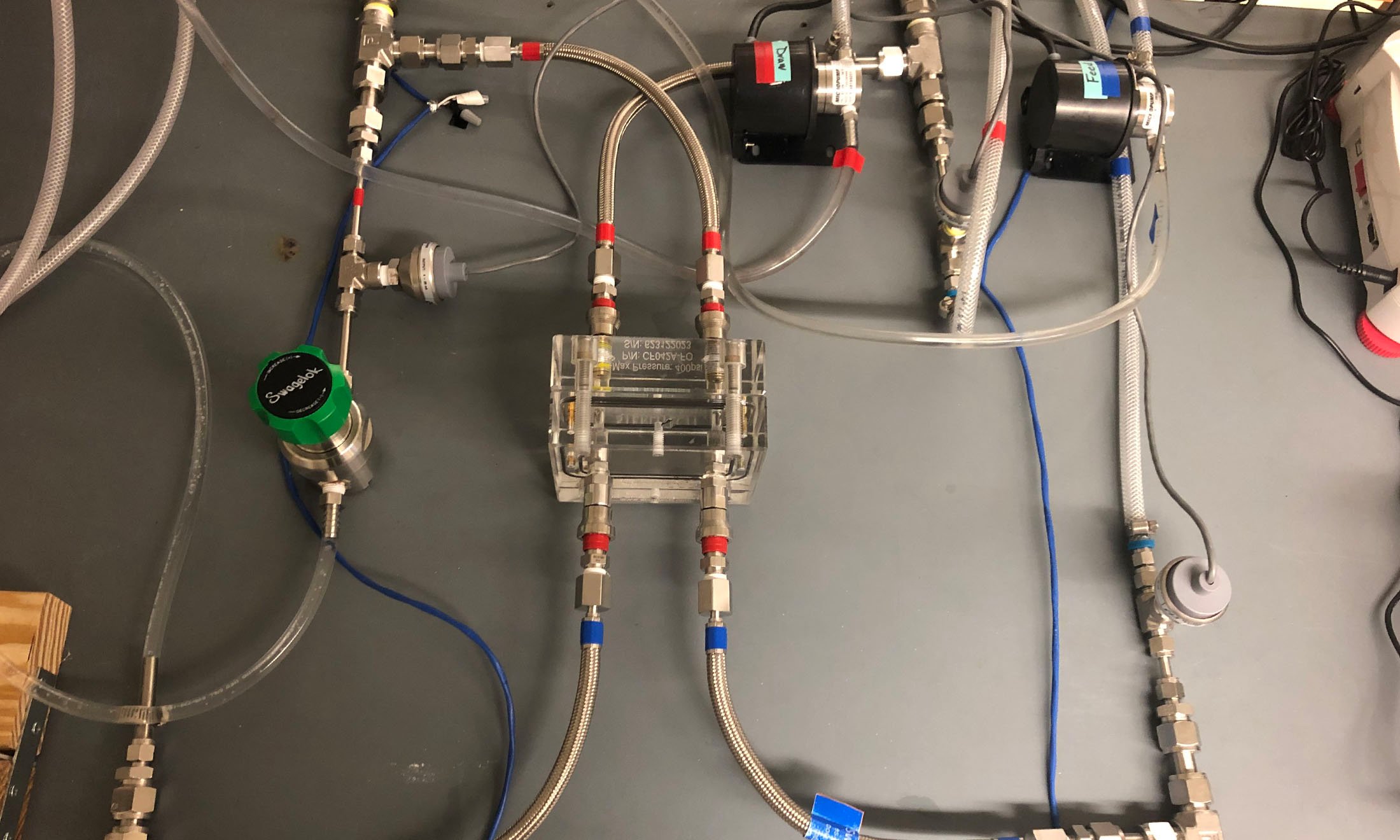
A custom osmosis test bench was built and used to demonstrate fertilizer energy recovery.
 |
Solving impending global problems is a challenging task, but Jonathan Maisonneuve, Ph.D., assistant professor of mechanical engineering, is up to the challenge. As an ongoing increase in food production necessitates innovation in agriculture, the researcher investigates ways of using fertilizer to generate useful mechanical work via pressure retarded osmosis (PRO).
Food sustainability is an important concern. By mid-century, the Earth's population is projected to reach ten billion people. The United Nations Food and Agricultural Organization forecasts that global food production will need to increase by 70%; yet, 40% of ice-free land and 70% of withdrawn freshwater are already in use for farming, leaving virtually no room for expansion. To intensify production and improve food quality, there is a need for controlled plant environments, which often require a considerable supply of energy.
“Currently, there is an important resource that is largely wasted — the energy that is released whenever concentrated fertilizers are diluted in water,” Dr. Maisonneuve says. “The prospective for concentrated fertilizer to drive water treatment, nutrient recovery and/or power generation is rather attractive.”
Over the last two years, Dr. Maisonneuve has developed and described the novel concept of using fertilizer to drive PRO for conversion to mechanical work. This is the process, in which concentrated fertilizer is used to drive osmosis across a semi-permeable membrane from a low-concentration feed source. “When this occurs against some applied pressure or load, the expanding volume of fertilizer solution represents a mechanical energy, which can be used to do work,” Dr. Maisonneuve adds.
The potential of this energy source to support meaningful farm loads, however, remains uncertain due to the fact that the limits of power from fertilizer osmosis have not yet been established. Thus, Dr. Maisonneuve's most recent efforts have been focused on establishing the thermodynamic and process limits of fertilizer energy conversion via PRO.
“As with any batch process, the high potential of initially super-concentrated fertilizer rapidly drops, imposing a practical limit to energy recovery and taking it below viable levels,” Dr. Maisonneuve states.
Taking advantage of two well-equipped SECS laboratories — the Energy, Water and Food Lab and the Bioengineering Lab — the researcher conducted the study to uncover the tradeoff between energy recovery and power in a fertilizer PRO batch process. Dr. Maisonneuve and his doctoral student, Pouyan Pourmovahed, used a cellulose triacetate membrane to measure power and analyze practical limits of fertilizer energy recovery by looking at power density throughout the batch process. They relied on the numerical model, which they developed, to simulate performance with other commercial membranes.
“The experiment showed that high performance membranes allow for recovery of approximately 5 Wh/kg, while maintaining power above 5 W/m2 throughout the PRO batch process. We suggest that the pressurized fertilizer can be most effectively used as direct mechanical work, and thereby replace pumping energy typically used for circulating nutrient solution to plants,” Dr. Maisonneuve says.
“Professor Maisonneuve’s research combines two very important areas — clean energy and food/water sustainability. He has been very creative in proposing novel approaches to combined problems that may impact the planet as the human population continues to grow,” says Brian Sangeorzan, Ph.D., professor and chair of the Department of Mechanical Engineering.
This research, funded through the Michigan Space Grant Consortium’s Research Seed Grant Program, will continue to investigate and uncover novel processes for fertilizer energy, including those for dehumidification and nutrient recovery. Moreover, Dr. Maisonneuve is in the process of adding another research track related to using solar thermal energy to improve osmosis for desalination. For more information, please visit https://secs.oakland.edu/~maisonneuve

 December 10, 2020
December 10, 2020 By Arina Bokas
By Arina Bokas
